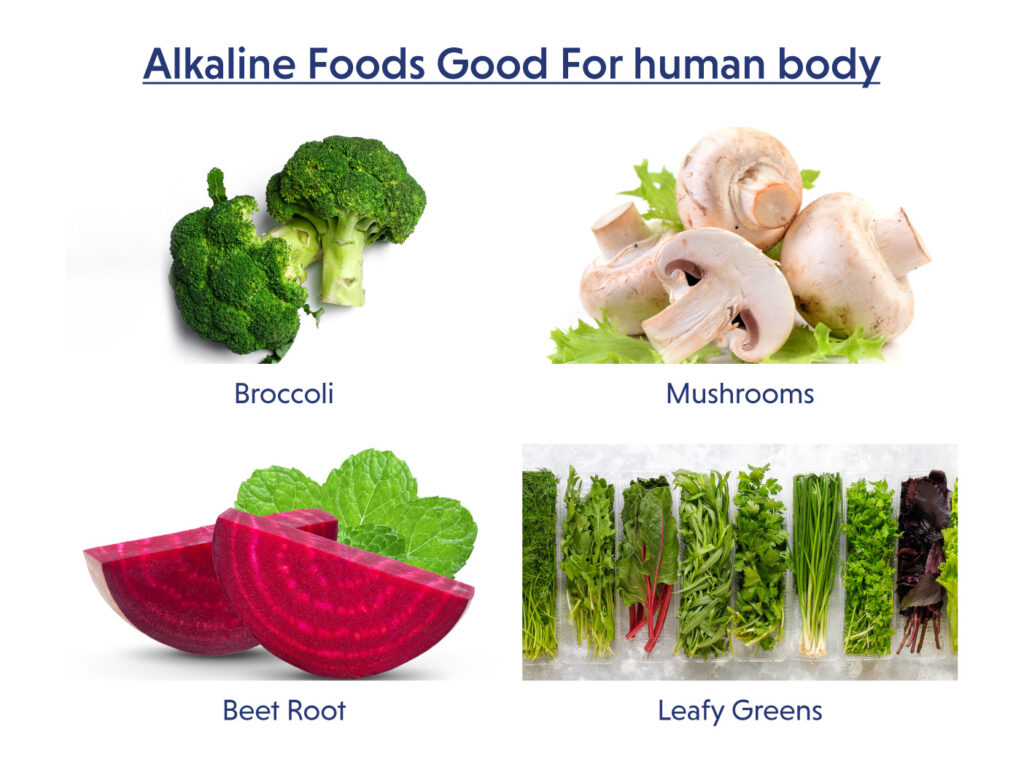Let go”- The Right Way to Shrug off that Stress
“LET GO” is a word of wisdom used by many successful and mindful people. However, when it comes to people, a certain responsibility, behaviour towards someone, or sticking to beliefs, it can be hard to let go, resulting in stress and anxiety. The word “Let go” feels annoying for most. But letting things go allows for peace and mindfulness to enter our minds and heart.
The word “stress” puts people under pressure. Stress isn’t always a bad thing. Stress can increase alertness, lead to the growth of stem cells in the brain, and uplift performance. When you work hard meeting deadlines, when there is a serious responsibility, and you handle it well, these are all positive stresses. Positive stress can help people. However, when stress becomes chronic or extreme, this is when stress becomes negative. has a huge impact on mental health. Let’s learn how we can learn to let go of negative stress.
The best act of courage and revenge is knowing when to let go and set yourself free.
5 WAYS TO SHRUG OFF & RELIEVE STRESS BY LETTING GO
Acceptance
Acceptance is one of the key ways to let go of stress. Without acceptance, it is not possible to move forward. Acceptance is not easy, mainly because there are a lot of emotions involved. It is one of the ways how you can reduce stress. It is also important to accept both the situation and your feelings. Sometimes, you accept that your situation cannot be changed, but you hide your emotions and keep going back or pondering over them. This is not helpful.
If you did a butch job on something and people are talking about you, the first way to start to heal is by accepting that you could have done better. Once you do this, you are halfway to letting go of stress. Letting it go and focusing on the next step to rectify it is important for the mind and body. This same applies to relationships. Accepting people as they are and not putting up with others when that relationship is hurting you is important. Maintain distance from people that don’t deserve you. Putting you first in everything is not selfish but an act of self-love.
Meditation & Mindfulness

Practicing meditation and mindfulness is another way how you can release stress. Just sit in place for a few minutes, don’t think too much, allow your thoughts to come to you, and when you are aware of them, just let them slide out of your brain. Just breathe in and out, be aware of your situation and let things go one by one.
Mindfulness is another way of letting go of actions that hurt you, negative words people said to you, and the negativity that you may have when you allow these thoughts to remain inside of you. Nothing is permanent. Allowing your thoughts to flow while breathing rhythmically will help you to let go. Spending a few minutes of meditation and mindfulness when super stressed can help to relieve stress quickly and immediately.
Be Present
Too many people in this generation are living in the past, or the future and the present is absent. You can get so worried about past relationships, work ethic, mistakes, or things, that your present becomes absent. You can get so concerned about your future that you forget to take action today. Remember that past mistakes don’t define you, and the future lies in what you are doing today. Don’t daydream about the future, and don’t neglect your duties in the present by dwelling in the past. Everyone has their journey and story; you are exactly in the right place and at the right time; keep pushing yourself day by day, and you will be a better version of yourself. If you can clearly picture this, everything becomes easy. Be grateful for the mistakes you made because you learned something from them, let people go because you found your worth, and don’t let work define you. Live by counting your minutes and not years. Being at present helps to relieve stress and anxiety.
Have no Control
Having no control means not controlling situations, people, or behavior that you know cannot be changed. Often, you want people to behave a certain way or things to be done in a specific manner. You have your own catalogs, and when things take a slight turn, you overthink and are not able to accept the imperfections. Stop having a controlled attitude on the things you cannot change and turn your focus on how you can react to them. This often helps to reduce stress from work. If you don’t react to certain things, it becomes easy to let go. Focus on how you can make yourself joyful and happy by learning to let go of things you have no control over.
“Sometimes all you have to do is let go of the strings to fly”
Be You
Being you and accepting yourself is one way to let go of people’s perspectives about you and your relationships. You don’t have to like something that others like. You don’t have to change yourself because a friend, parent, or partner doesn’t like the way you are, and you don’t have to listen to people say your ideas are just a dream. Stop sculpting yourself the way people want you to be. You are your own sculpture who has the heart to let go of the love that you thought you couldn’t live with, Accept the things you can not change. You will let go of people’s perspectives and the stress that comes with them. This simple factor helps to reduce depression and stress at a higher level.
What does letting off that stress do?
- Letting go of things can help you reduce stress and overthinking.
- It helps you to be a better human.
- To tackle situations easily.
- To have an open mind.
- Increases the range of acceptance.
- Helps the brain function and physical functions.
- They allow you to manage and may help you find a cure to stress
- Helps you feel relaxed and, more importantly, allows you to live in peace.
By following these simple steps, you can lead an exquisite life by moving towards your goal and letting go of all the stress
Download the JOYSCORE APP to enjoy a healthy and Joyful life.
Download on the Appstore
Get it on Google Play









